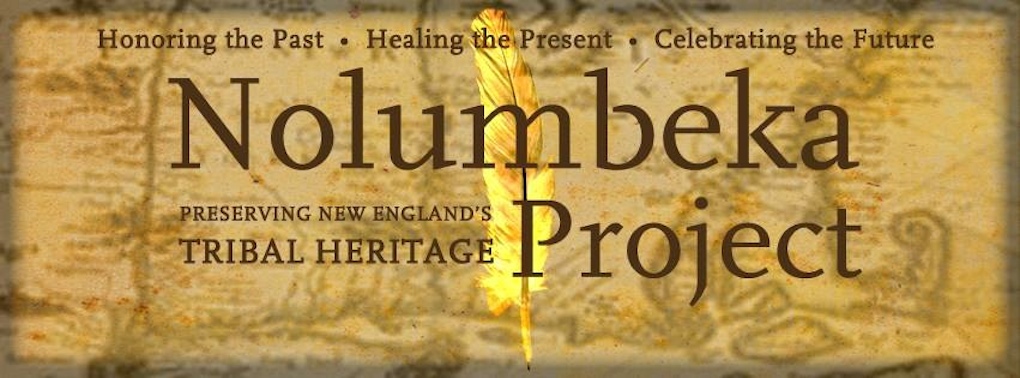In our effort to preserve the cultural legacy of the tribes of our region, the Nolumbeka Project stewards the Heritage Three Sisters Garden in Northfield, as well as continuing to cultivate ceremonial tobacco and other traditional native crops on the Wissatinnewag Site. Our goal is to educate others on the importance and vibrancy of indigenous agriculture and to network with those interested in the preservation of heritage seeds and other aspects of traditional Native American agriculture.
Augmented by hunting and fishing, agriculture in the form of large scale tribal acreage and smaller family "kitchen" circle gardens, sustained the Native American population of the Connecticut River Valley for over 1500 years. The success of this agriculture often baffled colonists who relied on the European row and furrow system. They failed to recognize and appreciate the sophistication of an
agricultural system developed over the course of generations by a culture that emphasized interdependence, a culture that
more readily perceived the symbiotic relationship among the elements of
the
natural world.
The foundational crops of tribal agriculture were commonly referred to as the Three Sisters: maize (corn), climbing beans and squash. These crops had a symbiotic relationship during the growing process. The maize provides a structure for the beans to climb. The beans provide nitrogen to the soil for the others. The squash leaves act as a living mulch, acting to preventing the growth of weeds and retaining moisture in the soil. The prickly hairs of the squash vines deterred pests.
As well as supporting one another through the growing cycle, the Three Sisters also complemented one another when eaten. As western science came to understand much later, maize lacks niacin, as well both lysine and tryptophan, two essential amino acids that the body needs to produce protein. Beans provide ample quantities of each.
In addition, the Three Sisters were planted in flattened hills about three feet across and ten inches to a foot high, so that the solar heating effect extended the growing season substantially--equivalent to locations 500 miles to the south when planted with European row and furrow methods!
 Another natural resource, the abundant alewives netted in the annual spring harvest of fish along the Connecticut River and its tributaries (which also included salmon, eel, and shad), were used as fertilizer to enrich the soil and increase yields. This was an ingenious way to store energy from what would otherwise have been a limited and perishable resource and transfer it to crops which could then be dried and stored for use during the cold winter months.
Another natural resource, the abundant alewives netted in the annual spring harvest of fish along the Connecticut River and its tributaries (which also included salmon, eel, and shad), were used as fertilizer to enrich the soil and increase yields. This was an ingenious way to store energy from what would otherwise have been a limited and perishable resource and transfer it to crops which could then be dried and stored for use during the cold winter months. If you are interested in learning more about this project or assisting in any way please contact Nolumbeka Project.


